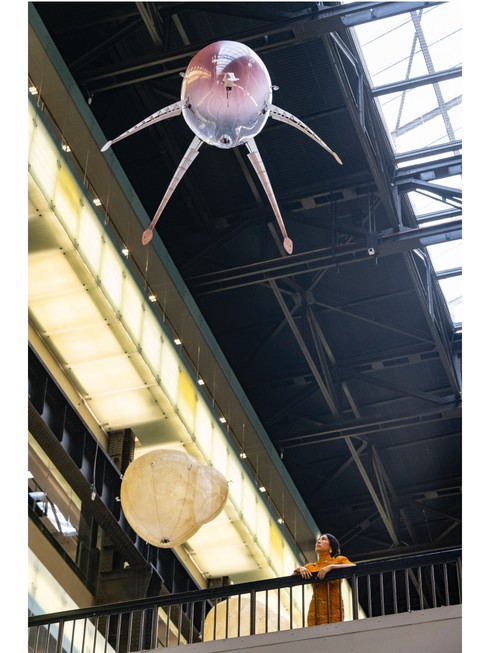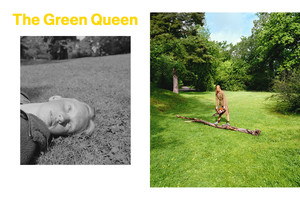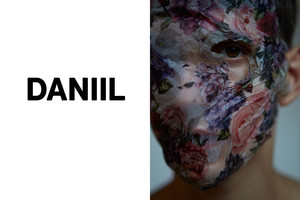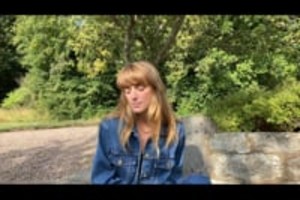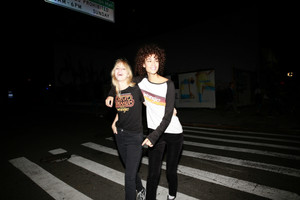The anctipation for the 24 days until Christmas can be spent in many ways. It can be a calm time of anticipation, or a busy time for those who wishes to celebrate. Which makes it more important to slow down and appreciate the small moments. Christmas should fit everyone; it doesn’t matter who you are or in this case what your budget is. It should be possible, if you wish, to treat yourself with a charming calendar and recive a suprise gift each day to give to yourself. To make it easier, we gathered some beauty calenders for 2021.
Here are Odalisque Magazine’s favorite beauty calendars for 2021:
Chanel No5 Beauty Advent Calendar 2021
To mark the occasion of Chanel N°5’s 100 years, the beauty advent calendar is inspired by the signature silhouette of the N°5 perfume bottle. The Adent Calender includes 27 boxes containing full-sized and miniature fragrances, makeup products and a surprise marked with Gabrielle Chanel’s lucky number. Chanel No5 Beauty Advent Calendar 2021, available at Chanel.com.
Rituals Advent Calendar 2021
Seen on the picture to the left, this Advent Calendar is not only filled with favorites that suits the entire family - but is a beautiful treat for the eyes. The Ritual of Advent transforms into a beautiful decoration - your very own Rituals Christmas village. The village has houses and trees that even lights up, to give that extra Christmas spirit. Is definitely something to be proud of displaying on your table. It includes 24 surprises of best-sellers and new favorites, to give a chance to try their classic range and new product series. Not to mention, it comes as a beautiful present wrapping to give away or keep for yourself – in a gorgeous luxury box with a huge glossy red ribbon. The Rituals Advent Calender is available at Rituals.com
Liberty Beauty Advent Calendar 2021
The fastest-selling product in the department stores 145-year history, the Liberty Beauty Advent Calendar is a must try. Featuring the best sellers from the famous department store, in full and travel size. The calendar include everything from skincare, make-up and haircare products. Not to forghet, hidden inside one advent calendar is a single golden ticket giving the lucky winner £5000 to spend at Liberty. I wonder what Willy Wonka would say? Liberty Beauty Advent Calendar 2021 available at Libertylondon.com.
Dior Beauty Advent Calendar 2021 Dior’s beauty advent calendar, have a surprise behind each of the 24 windows. From the iconic Rouge Dior to the best-selling Lip Glow. Not to forget, classic scents such as Miss Dior and J’adore which you can always use for every occasion. Lastly, it includes Dior's body and skincare in full and sample size. The Advent Calender, is perfect for you who loves the brand, but also wants to try new beauty and make up products. Dior Beauty Advent Calendar 2021, available at Dior.com.
Glowid Skincare advent calendar For the Korean beauty enthusiast, there is no other advent calendar than this. This year, nordic retailer Glowid, have created their very first calendar and it’s packed with their best-seller products from the year from Cosrx, Klairs and Dr. Ceuracle. The calendar includes full size and travel size products - great if you want to try and learn about new brands that can become your favorites in the bathroom cabinet. The calender is available at Glowid.com
Sensai Advent Calendar The japanese skincare brand is famous for their highly concentrated serums and face masks for anti-aging and dry skin. This year, they have created a 12 days of christmas, which is a luxrioius treat. A surprise calender with some of the best-sellers such as the eye masks and cleansers. The Sensai Advent Calender is availalbe at Sensaicosmetics.com
.
The Body Shop Share Love & Joy Ultimate Advent Calendar For many beauty enthusiast, Christmas equals The Body Shop in one way or another. If it comes to Christmas gifts for your mother-in-law, sister, father, or friend. There is something for everyone. This year’s beauty calendars, The Body Shop is once again creating three different calendars. One of them is the ‘’Share Love & Joy Ultimate Advent Calendar’’. Which mixes full size and travel since products from the classic scents to the new once from recent years. Lastly, the box is great to save and use for next year to create your own Christmas calendar to maybe give to someone. The Body Shop Advent Calendars 2021 is available at Thebodyshop.com
Armani Exclusive Beauty Christmas Advent Calendar
This Christmas, Armani beauty invites you to explore our beauty and fragrance icons in the new exclusive advent calendar. Dive into the inspiring and immersive world of Giorgio Armani, discovering 24 of his most iconic products, including Si Eau de Parfum, Lip Maestro #400 and the new fragrance Icon My Way Eau de Parfum. Not to mention, when you close it - it looks like a beautiful coffe table book. Find the Armani Exklusive Beauty Christmas Advent Calendar at Armani.com
YSL Advent Calendar An immersive advent calendar with the best of Yves Saint Laurent including mini and full size products from fragrance, beauty and skincare - especially there is a lot of make up in this one. The Advent Calendar is filled with 24 suprises for the entire month of December until Christmas. The Advent Calendar is plastic-free, made of 100% cardboard sourced from sustainably managed forests. The YSL Advent Calendar 2021 is available at YSL.com







